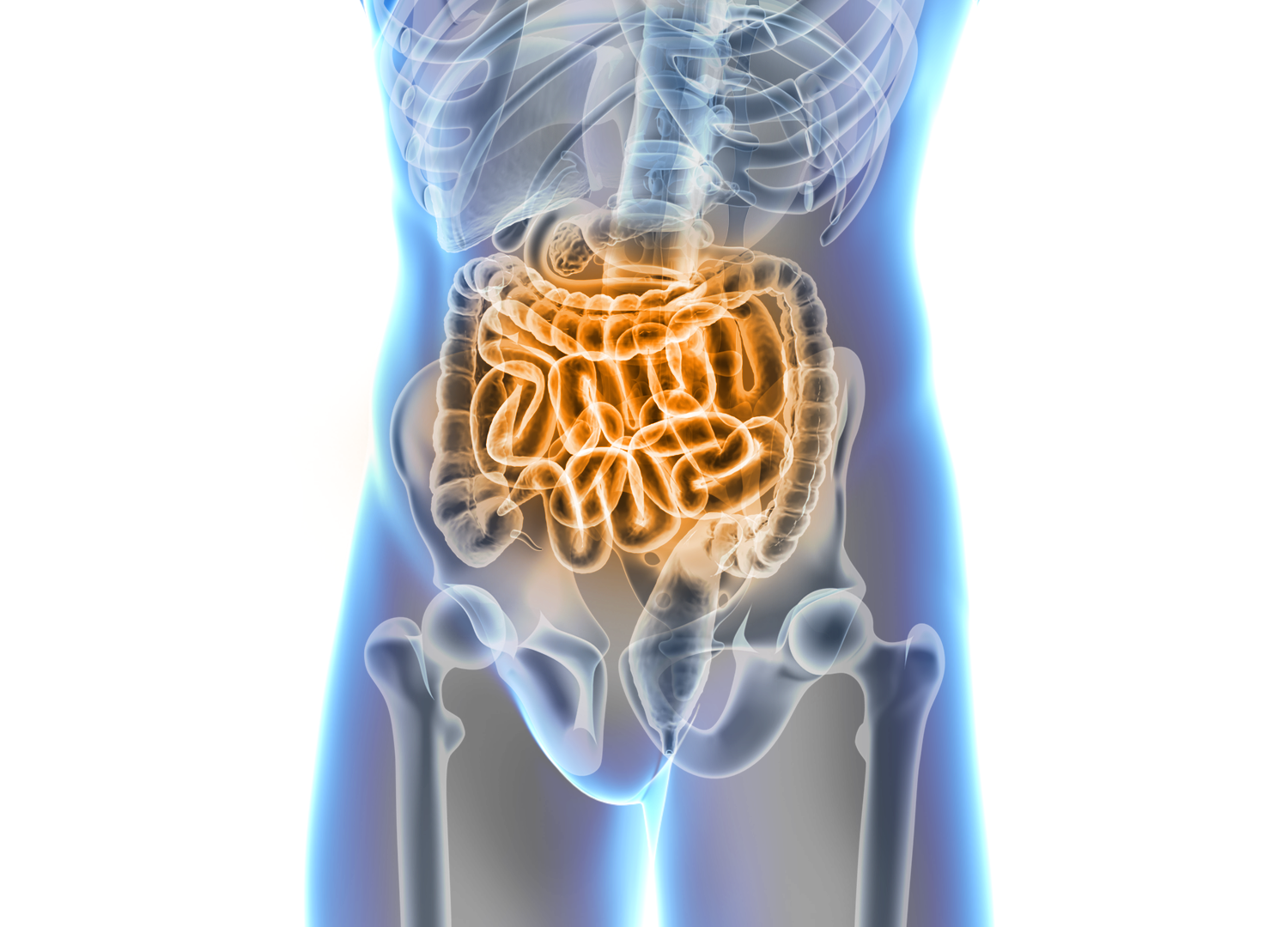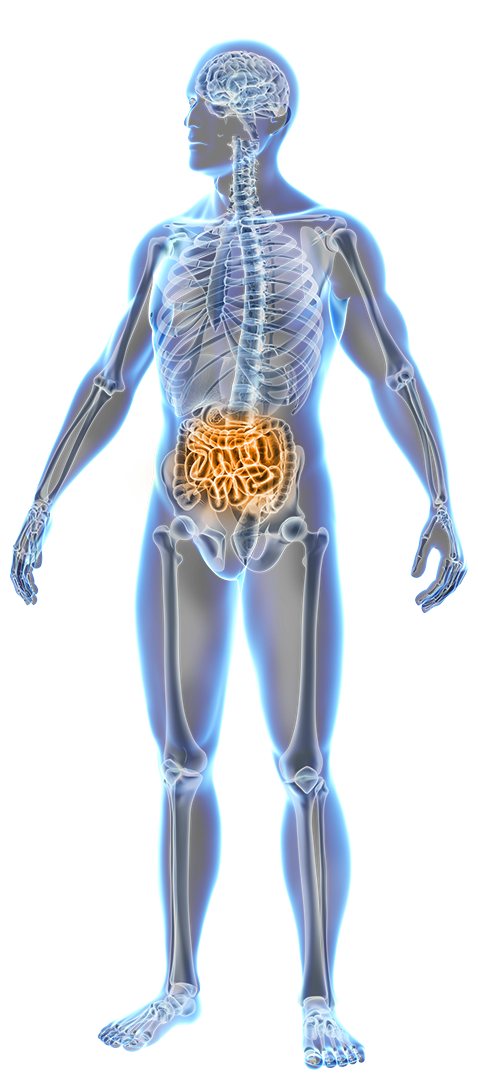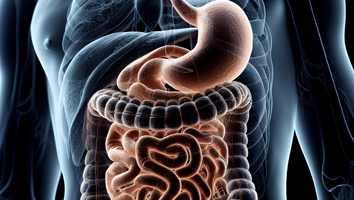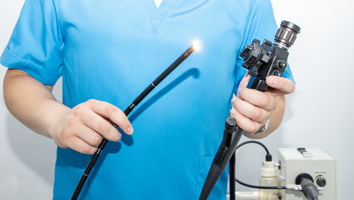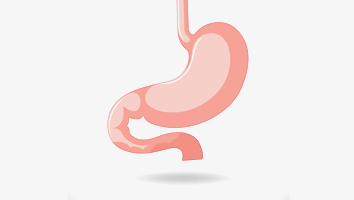Gastrointestinal Care
Your gastrointestinal (GI) tract is your body's central command for digestion and nutrient absorption, playing a pivotal role in your overall well-being. Prioritizing GI health through a balanced diet, fiber-rich foods, and regular exercise can lay the foundation for a vibrant life. When faced with GI issues, take heart in the advances of modern medicine, particularly endoscopic procedures. These innovative techniques offer hope and healing, guiding you towards a future where digestive health is not a barrier but a source of strength.
